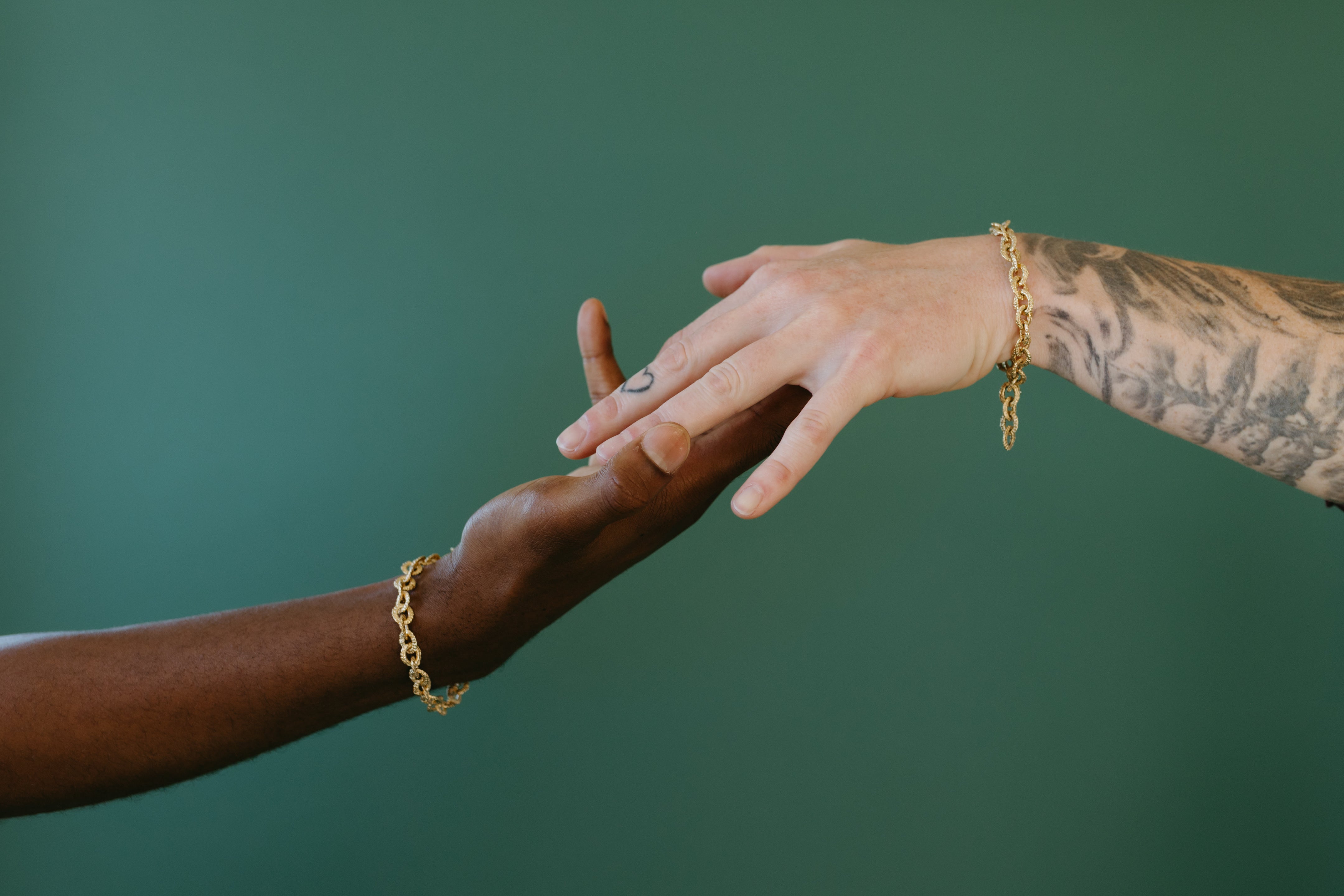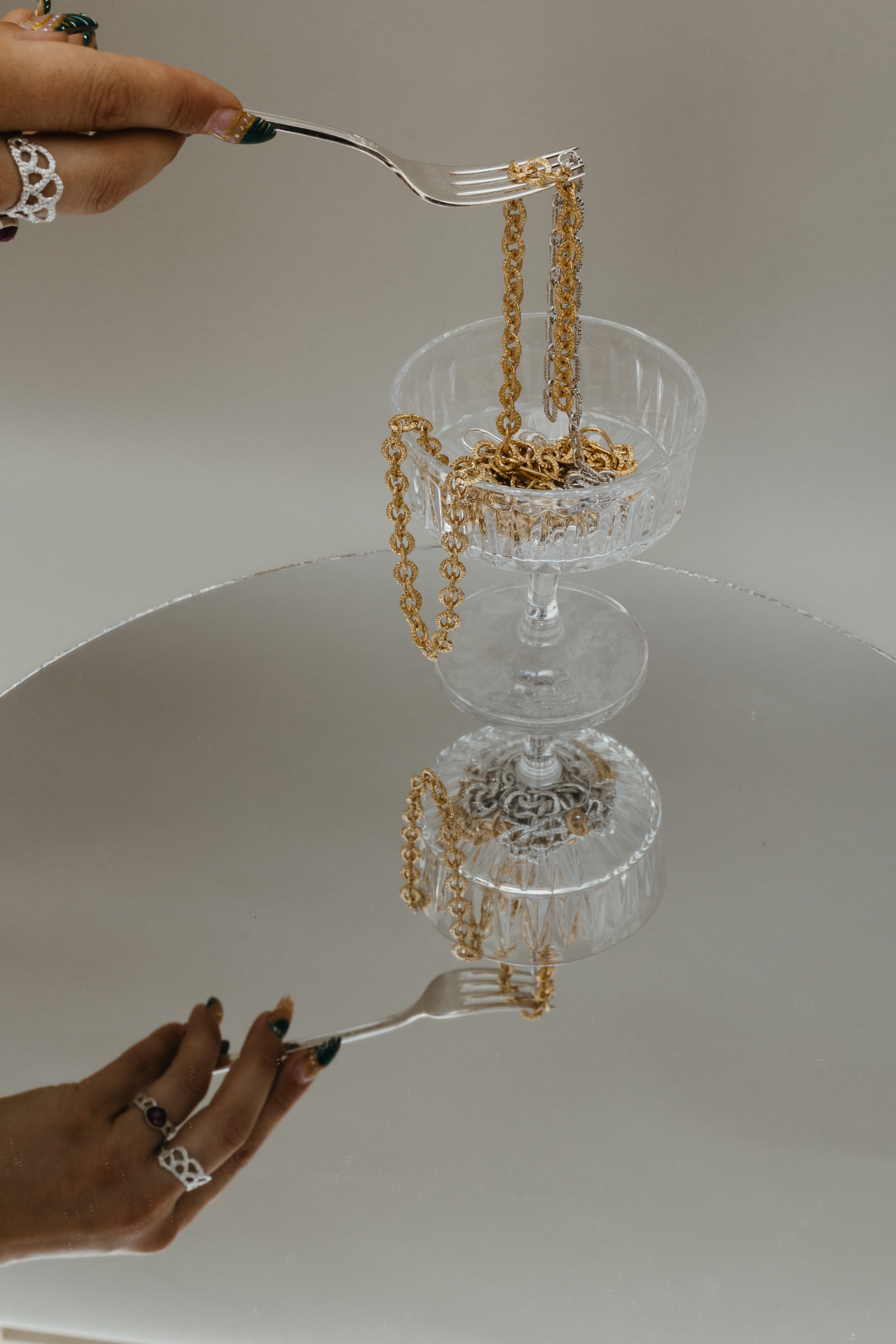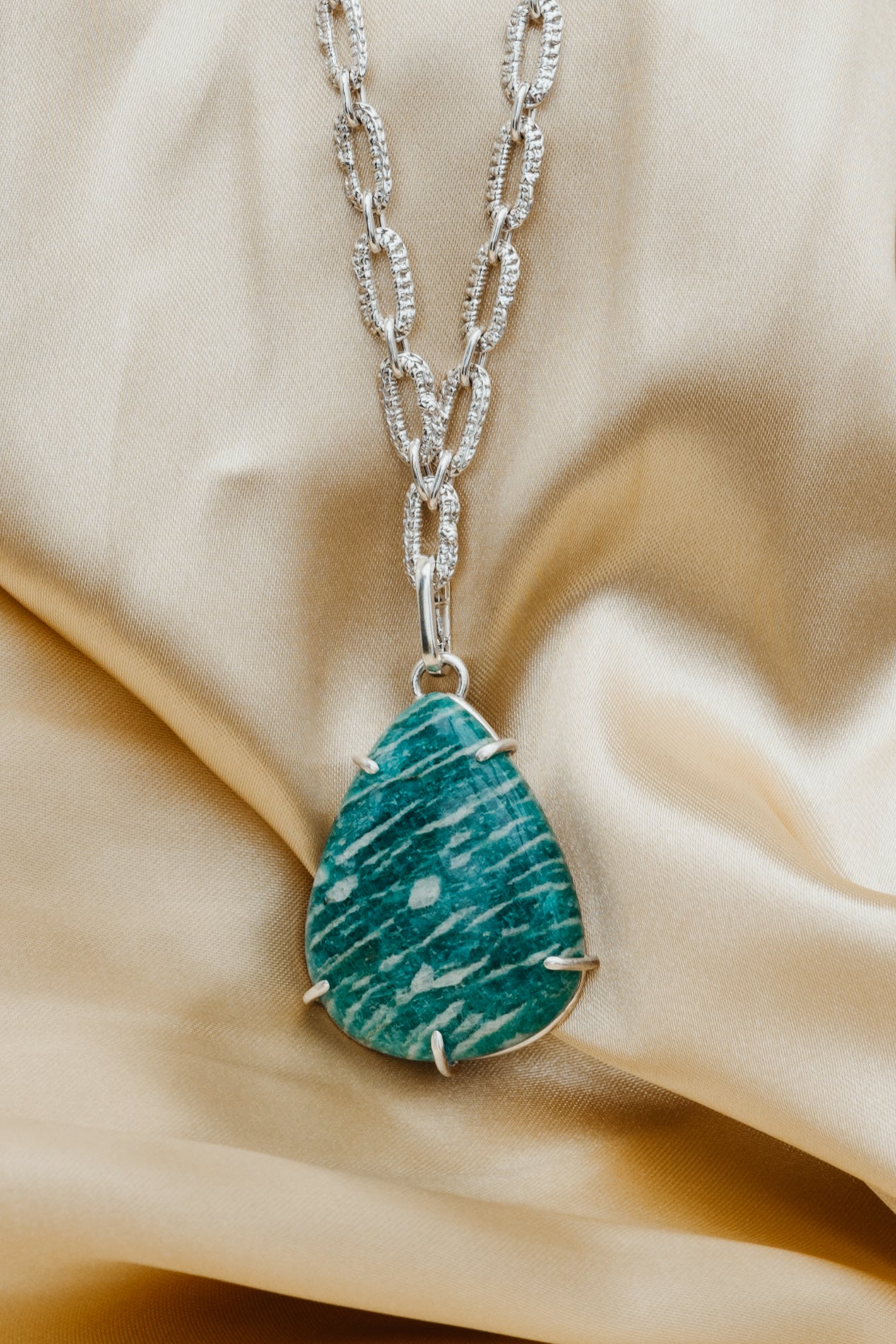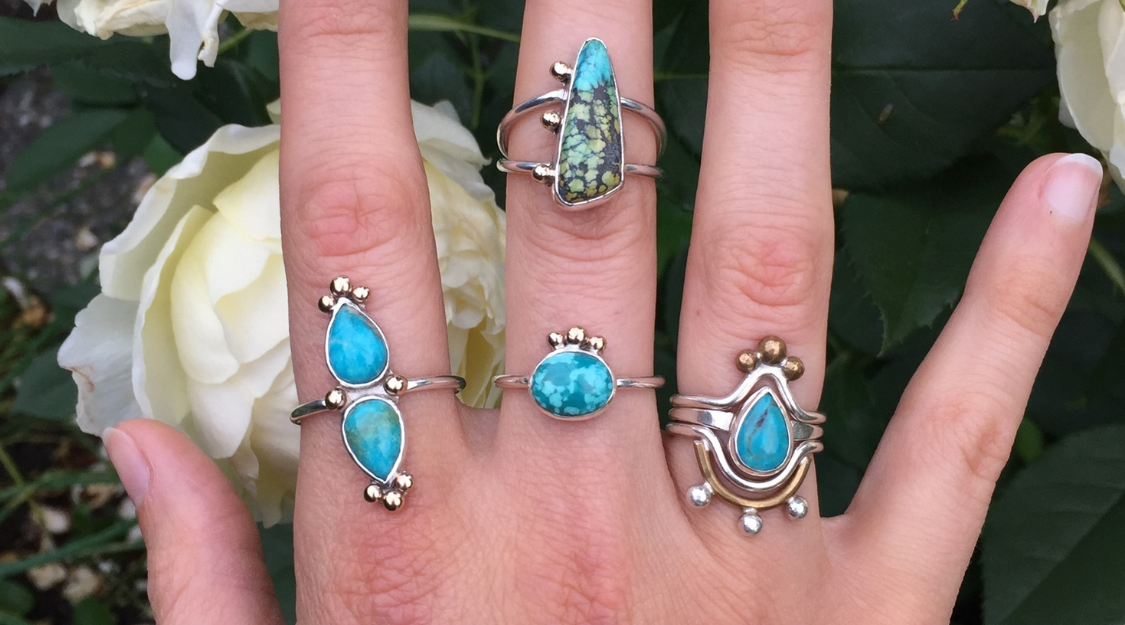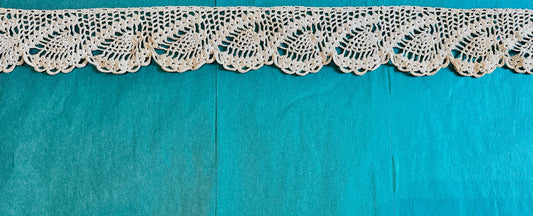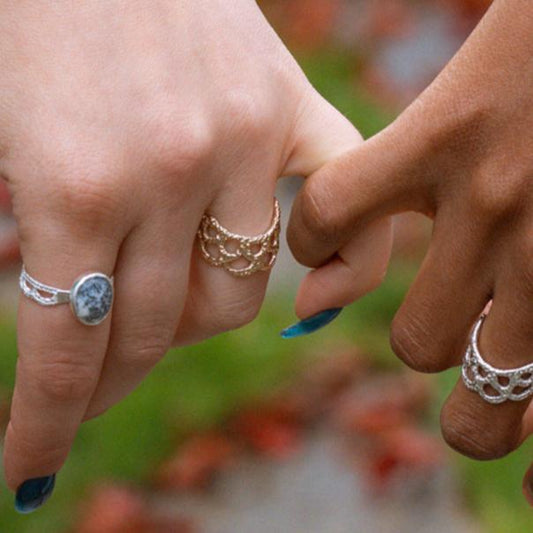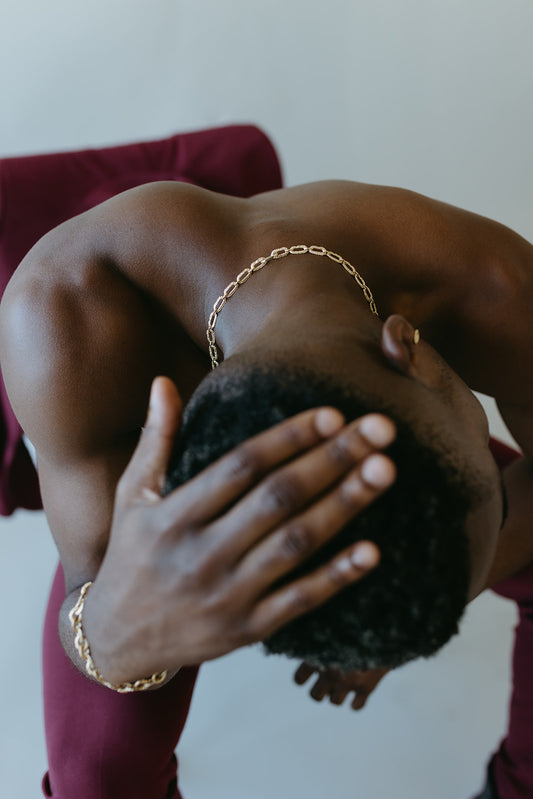Turquoise, one of the most beautiful and popular stones that practically everyone loves, and for good reason. The rich colors and gorgeous textures make the stone easy to wear and even easier to build your own collection with. But, have you ever wondered if the turquoise you’re buying is actually a fake? I’m here to lay it all out for you and explain the differences between fake and real turquoise and how you can avoid getting scammed. And I promise that the turquoise I use to make your handmade jewelry with is genuine and mined right here in the U.S!
The Twyla Dill Promise
I hand-pick each piece of turquoise I design my jewelry with, ensuring that it's high quality, genuine, and ethically sourced from companies with sustainable business practices. Each piece of Twyla Dill jewelry is handmade in my Seattle studio by a small team of women. We offer free shipping on orders in the US, and we ship internationally.
3 Tips to Help You Spot Fake Turquoise
1.) Price Tag
Genuine turquoise is more expensive, simple as that. If it seems too good to be true, it most likely is and that $15 statement necklace may just be some expertly painted plastic. But hey! If you’re not looking for the real deal, that’s totally ok, there’s no harm or shame in wearing whatever jewelry that helps you express yourself.
2.) Appearance
Sometimes you can identify a fake by its appearance or its weight, but since fakes vary in materials you may not have the most consistent results. In some pieces you can actually see where the dye piles up in the cracks of the “turquoise”, OR if you can’t feel the cracks, that means they were painted on. Fake turquoise is dyed to look exactly like the real thing and since genuine turquoise varies so much because of how it’s naturally made, it can be very hard to spot the differences.
3.) The Scratch Test
There are many tests you can try to see if your turquoise is genuine (Fingernail Test, Acetone Test, Mohs Hardness Test), but a lot of them are pretty destructive of the actual stone. I found that the scratch test is the least damaging. Turquoise is naturally a soft stone, but howlite (the turquoise imitation), is even softer. This means that if you scratch your stone and it scratches easily, you most likely have a piece of howlite. But if it’s very difficult to scratch your stone, you’ve got genuine turquoise! I suggest you try the scratch test on a part of the stone that isn’t very visible, the underside would be ideal.
What is fake turquoise?
Fake turquoise can be hard to spot, (even I have issues sometimes!) especially since turquoise varies so much from stone to stone. Typically fake turquoise is made out of a soft mineral called howlite, which is dyed to look just like turquoise. Other imitations include magnesite, plastic, epoxy, and resin that are all dyed to resemble the real deal. Reconstituted turquoise is another method made to fool you, where little bits of actual turquoise are grounded up and mixed with other stones to form the fake replica. And sometimes it’s just a straight up different stone that sort of looks like turquoise. What this all essentially means is that there’s a whooole lot of fake turquoise out in the world so it’s not your fault if you accidentally get tricked!
A few facts about genuine turquoise:
- Have a birthday in December? Lucky you! Turquoise is your birthstone.
- The oldest turquoise jewelry in the world is from 4,000 BC and buried in Ancient Egyptian tombs
- Ancient Egyptians called turquoise ‘mefkat”, which means “joy” and “delight”

